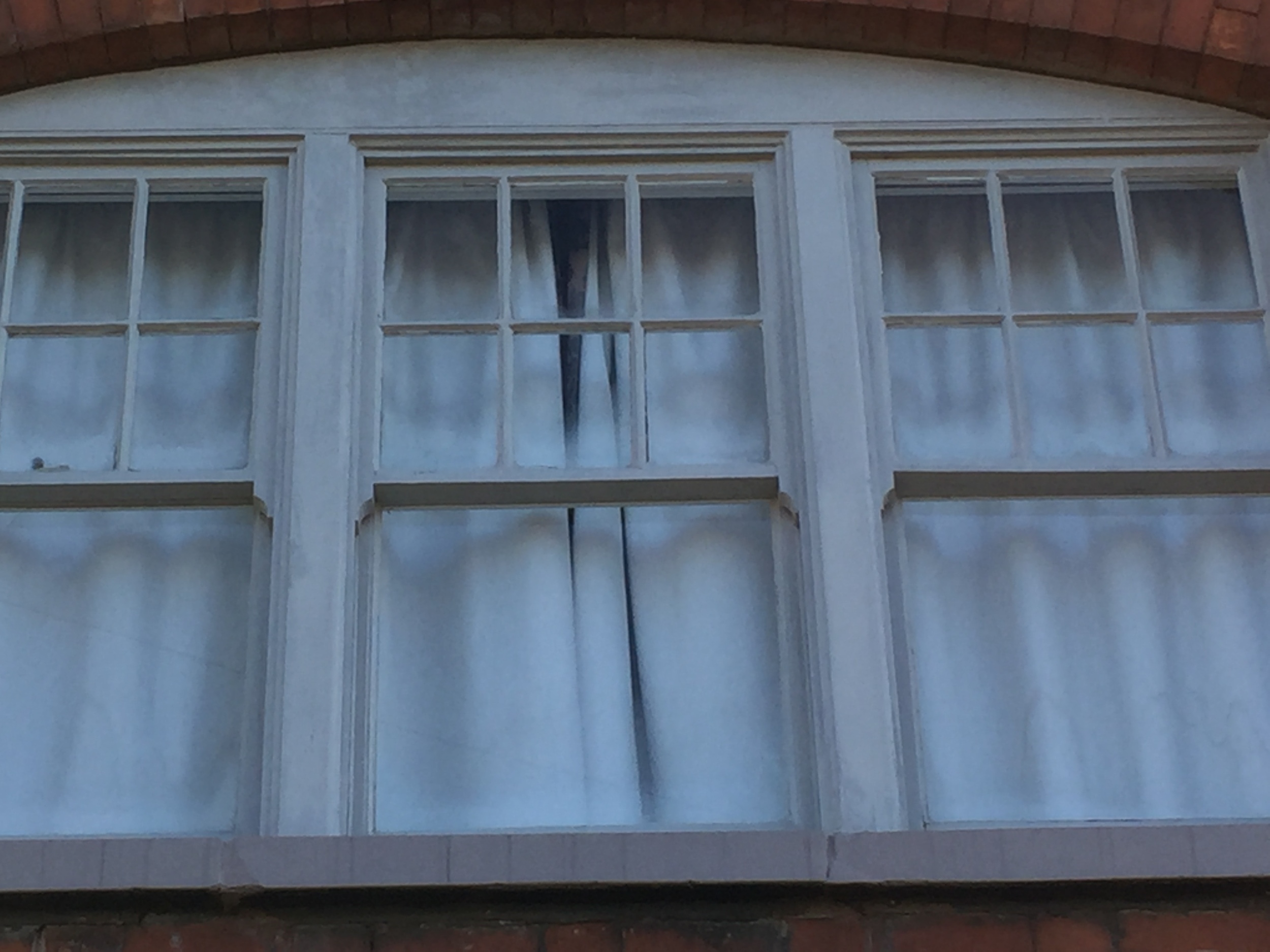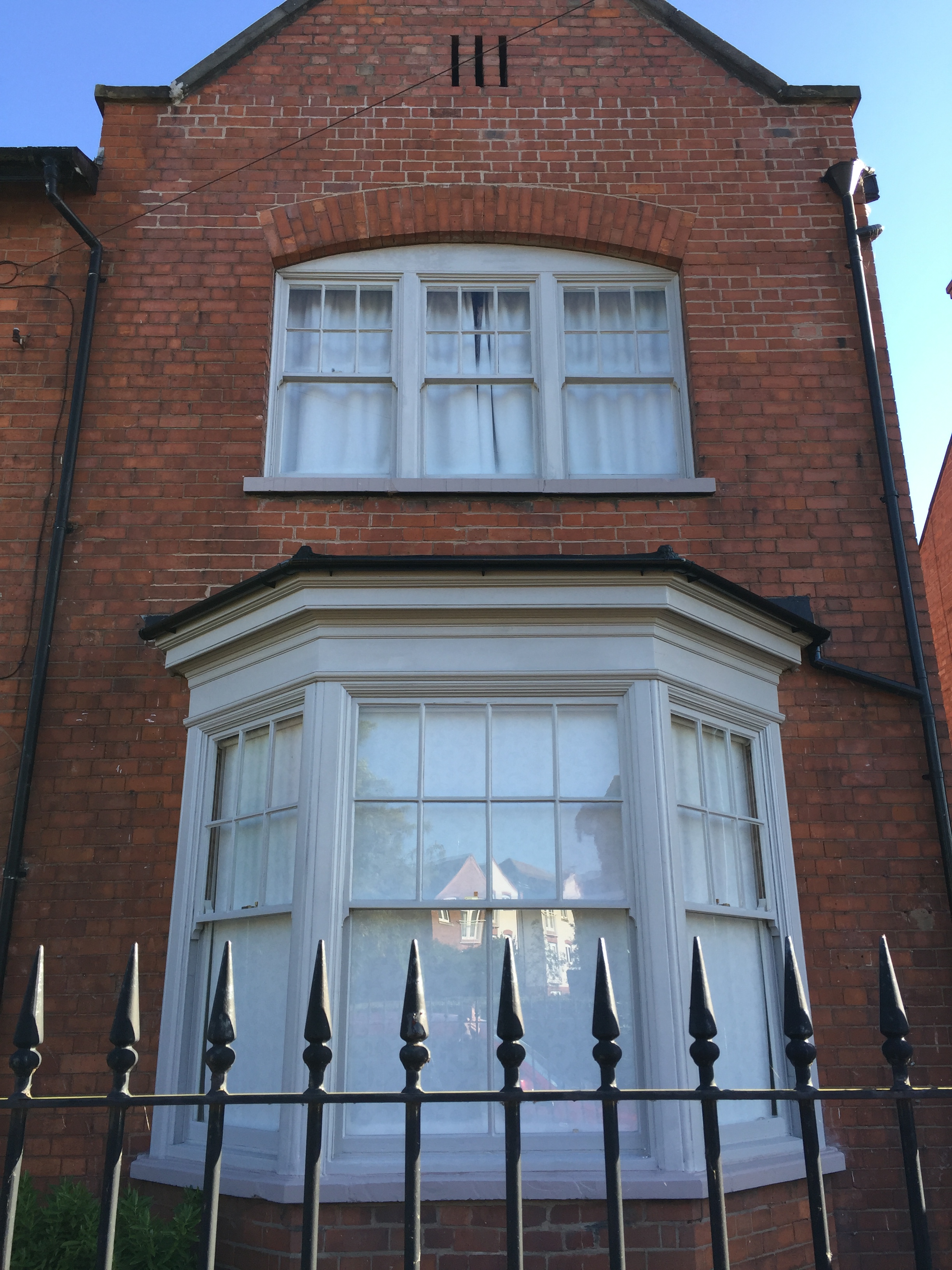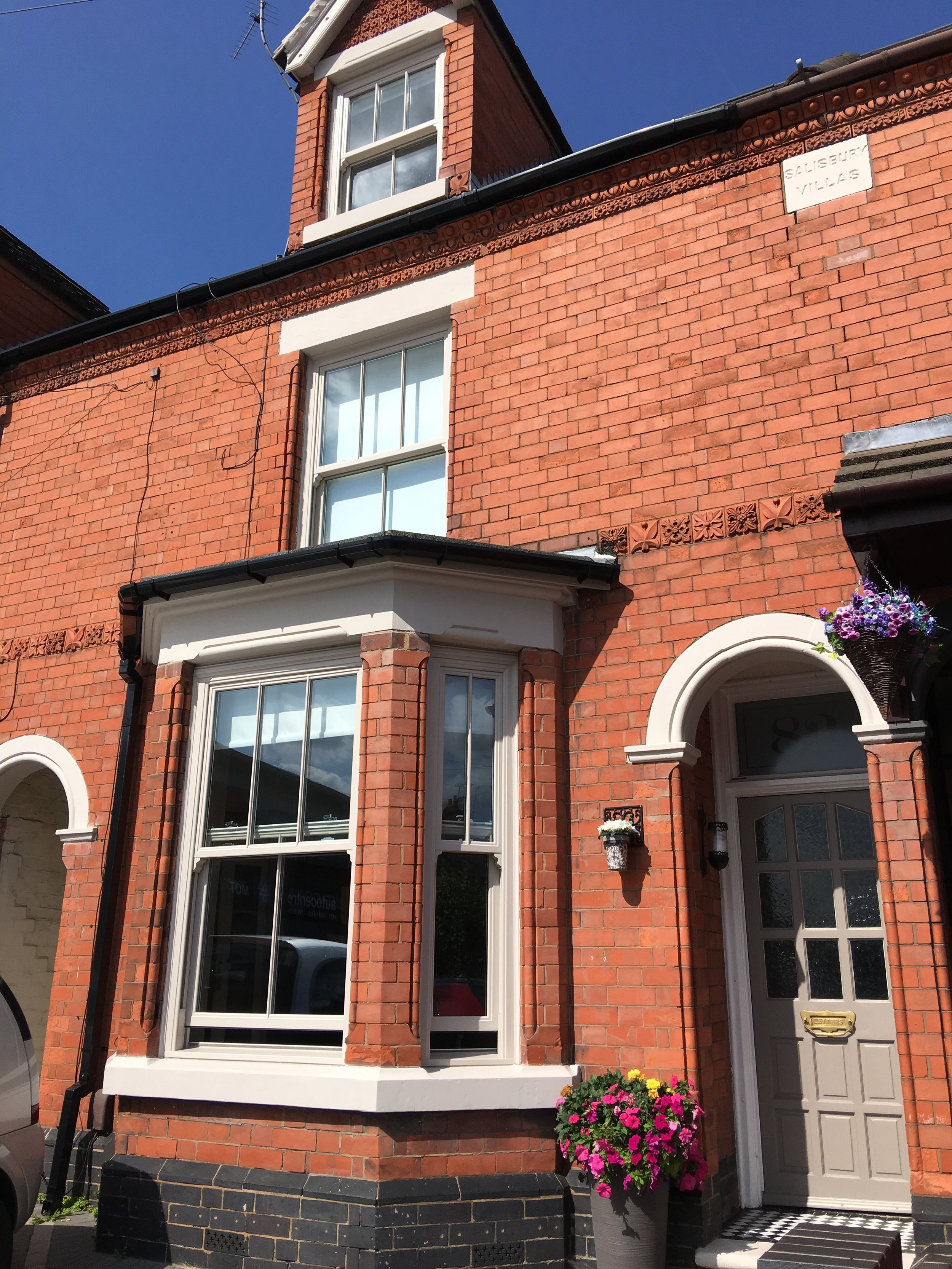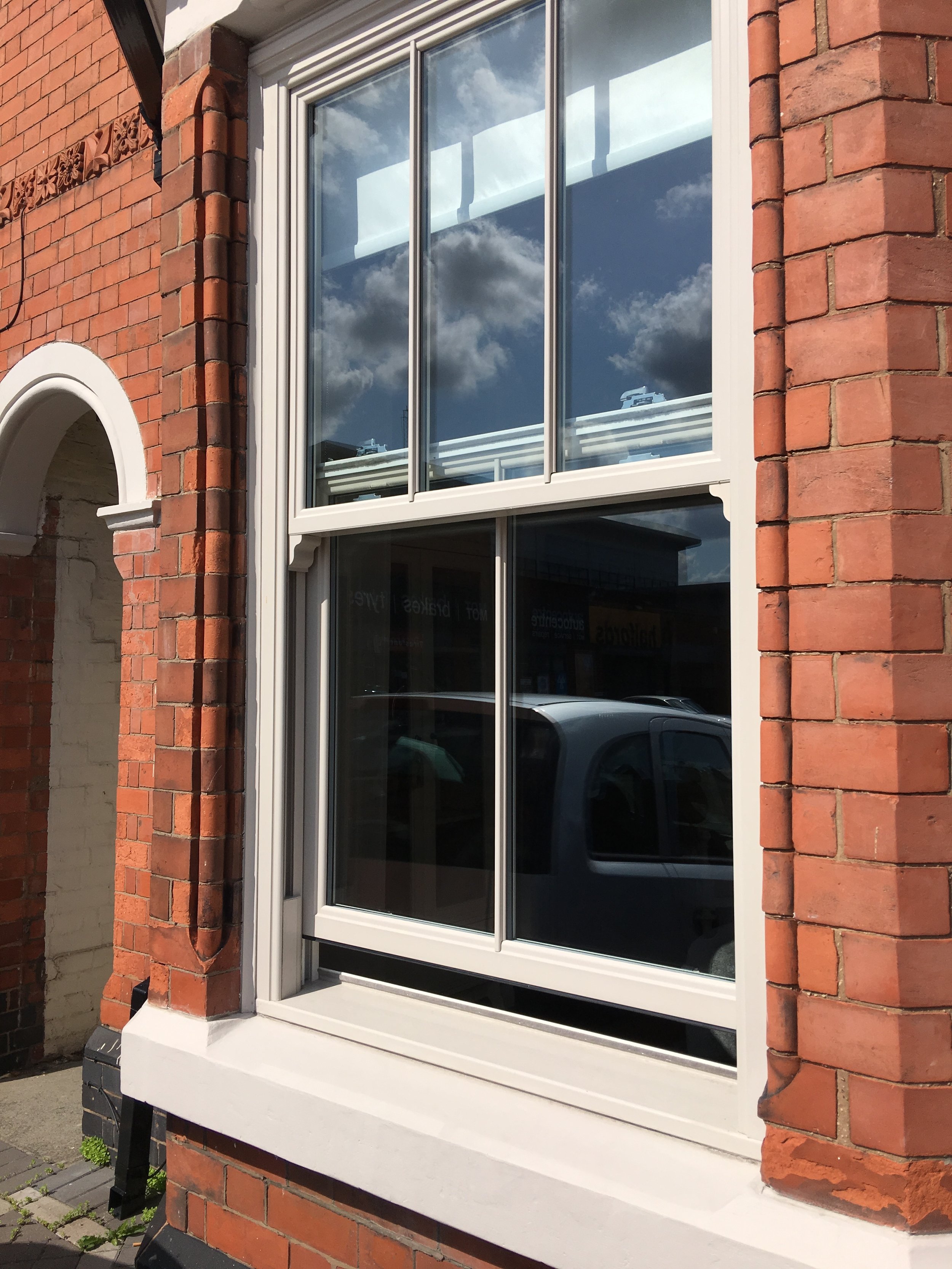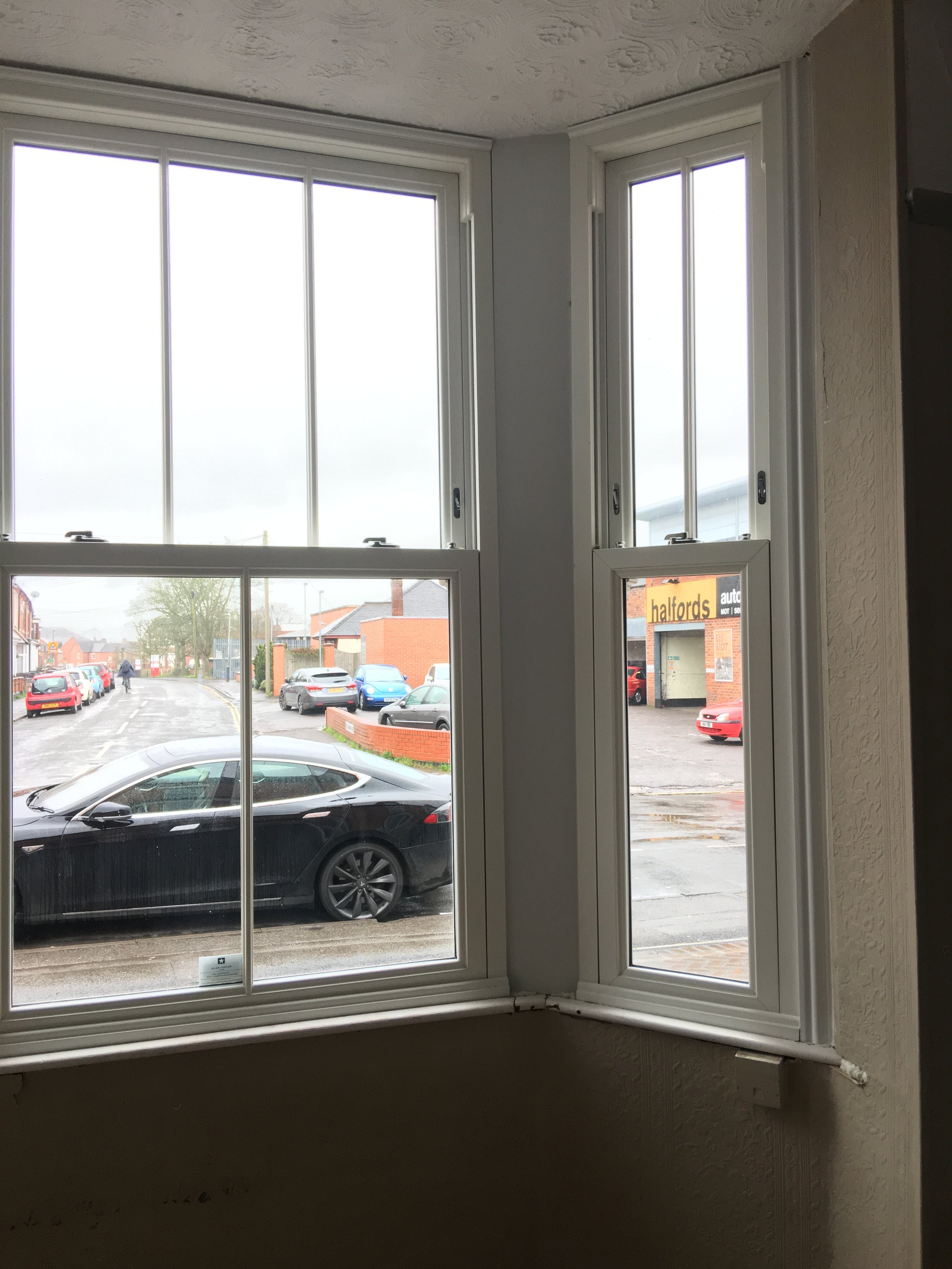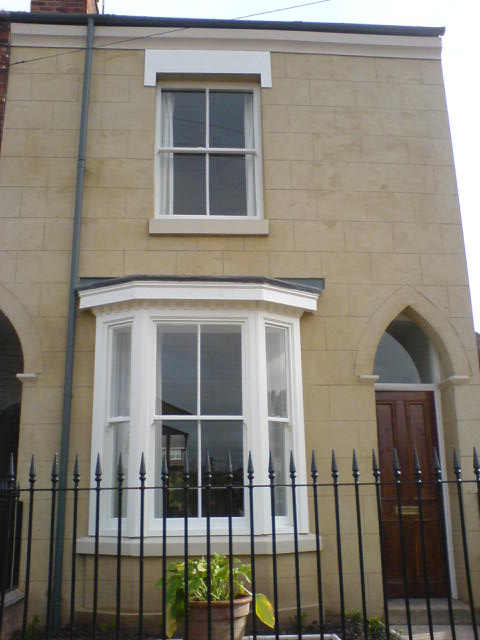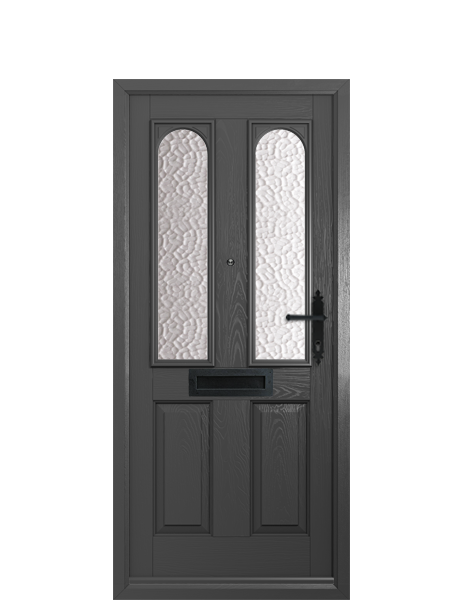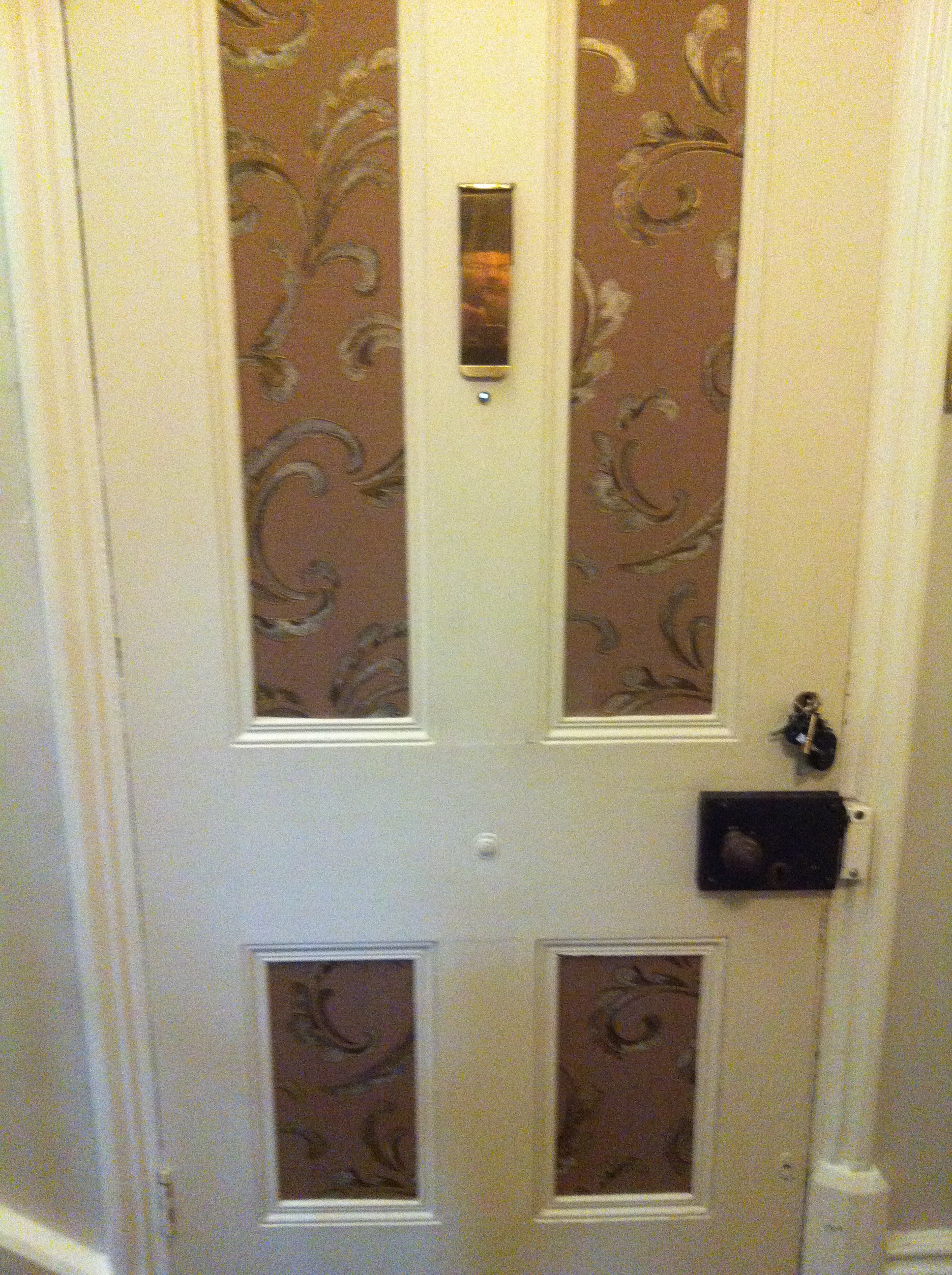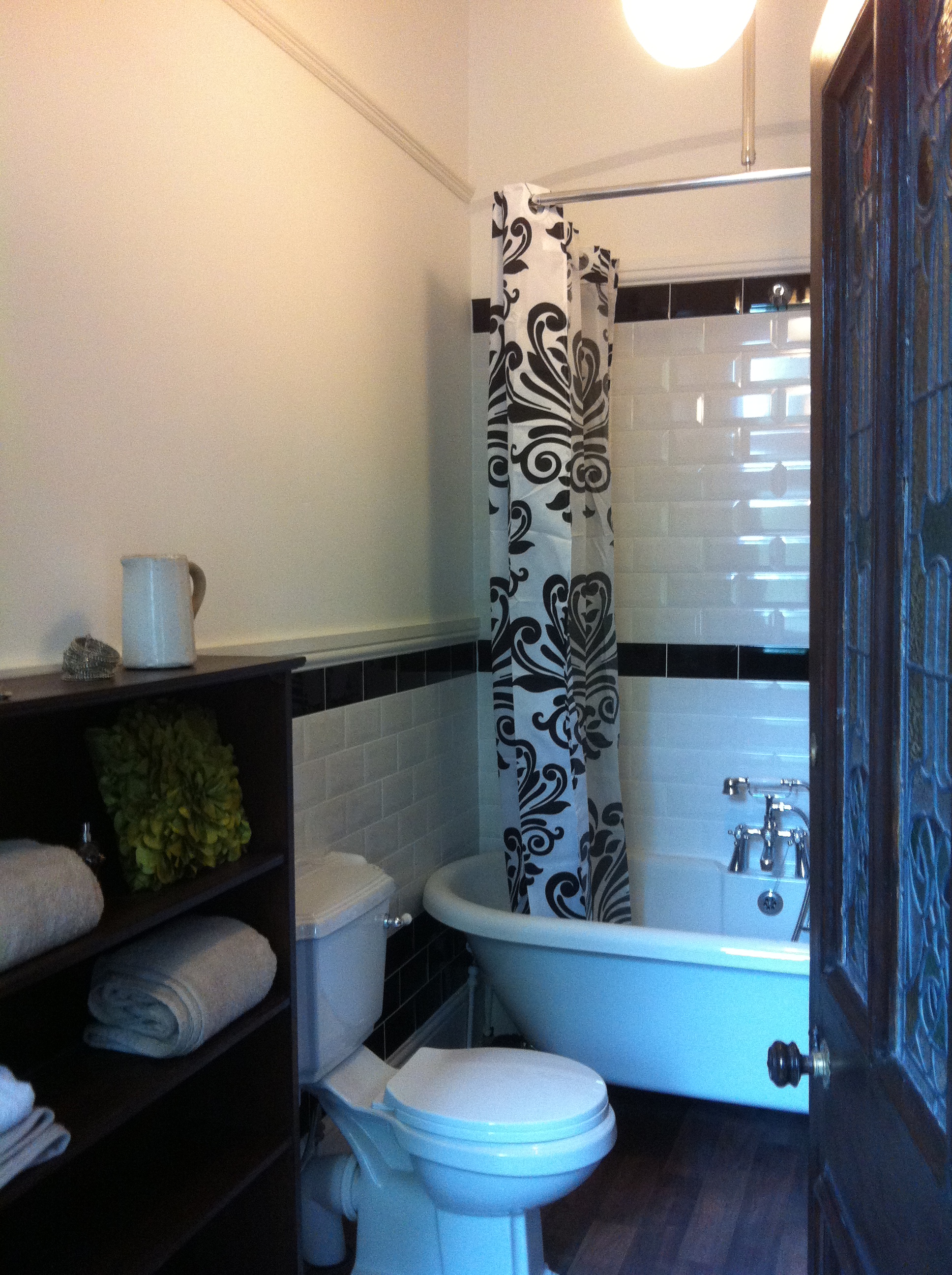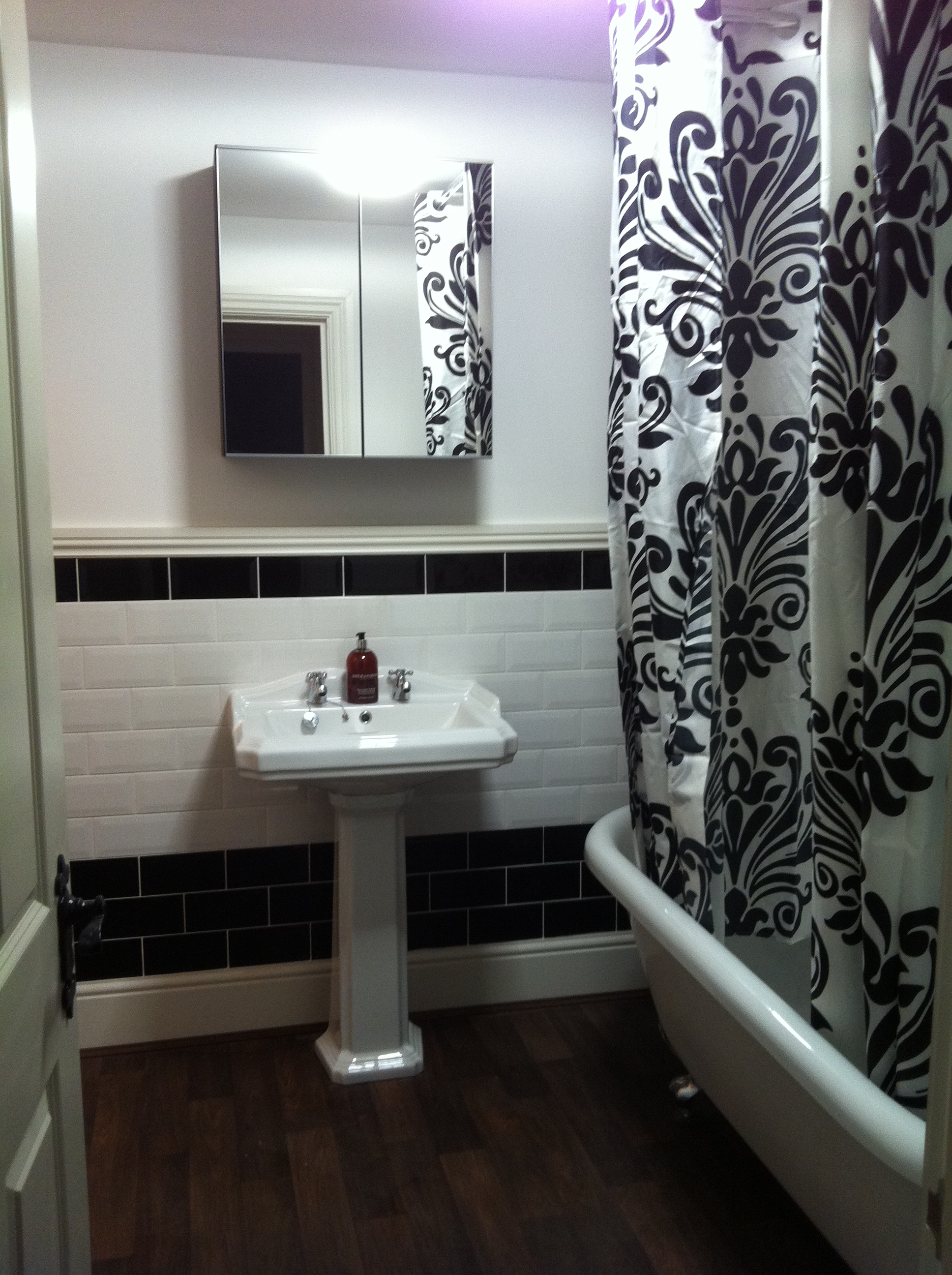Have you noticed Grey is everywhere at the moment? I'm thinking this trend has kind of snuck up on UK homeowners - personally I'm liking it alot but at the same time feeling a little overwhelmed as I can't quite put my finger on when it became the colour de jour for period makeover's.
We took a trip out last week to our favorite restaurant in Kenilworth - the Clarendon Arms - and I had to admire this lovely part-restoration/makeover of a home just across the road from the castle. Although an interesting shape, it never really caught the eye before - I think maybe painted in emerald green and white - but now, wow, beautiful mid-grey ballustrading and matching doors + windows.
Grey goes with most colours, and is fantastic when contrasted with a vivid accent - pink, lime green, or pastels like pale blue, mint green etc - and this is why it's a really excellent colour to choose at the moment to add value if you're thinking of selling, or just fancy a quick period home makeover - internally or externally.
My top tip is that grey looks best when used on a relatively small area with some detailing or a lighter colour to offset it, so maybe a front door/contrasting with a white timber door frame - or chimney breast/contrasting with pale fireplace surround (like in the photo below, of our sitting room) - make good places to start.
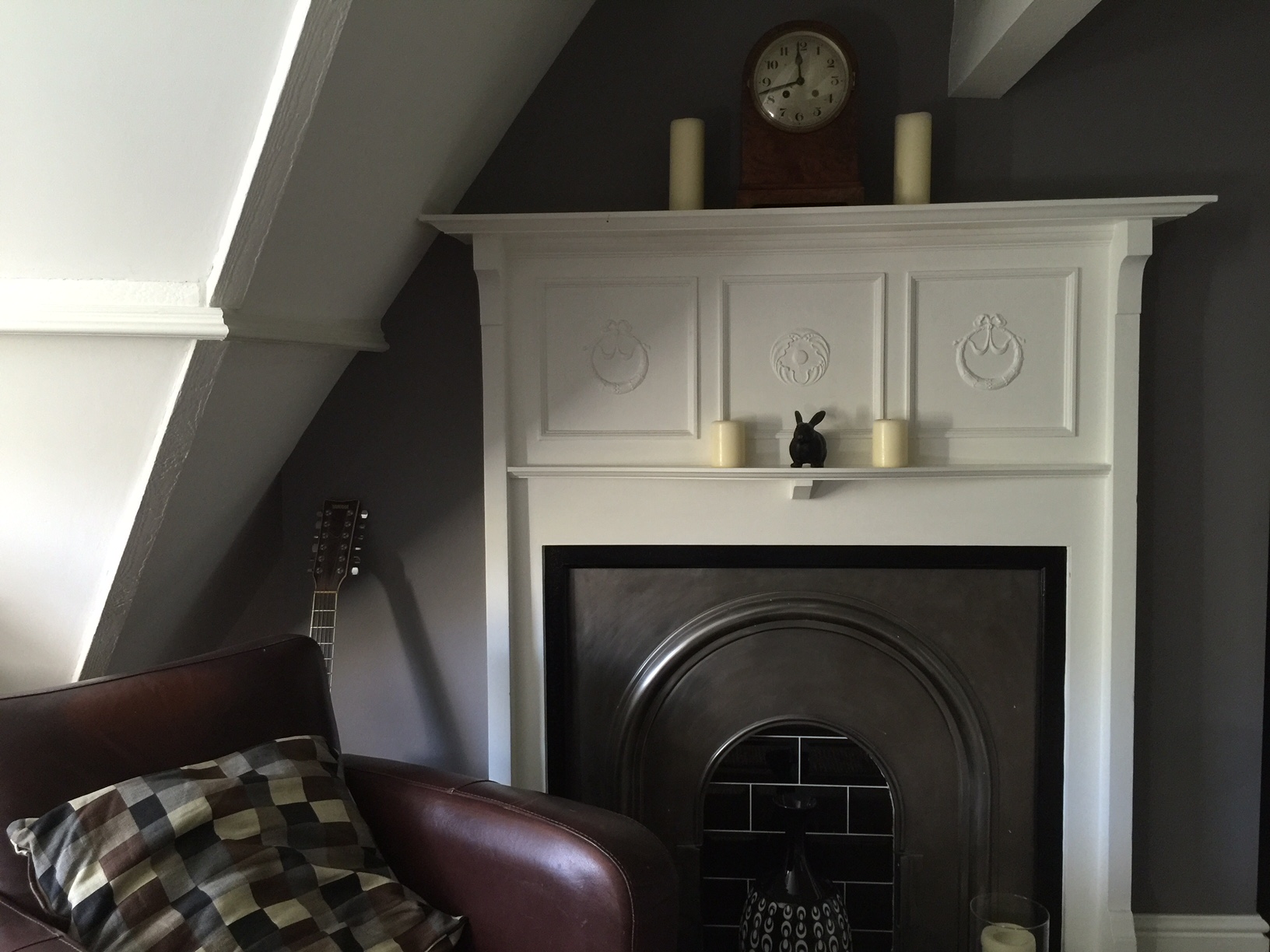
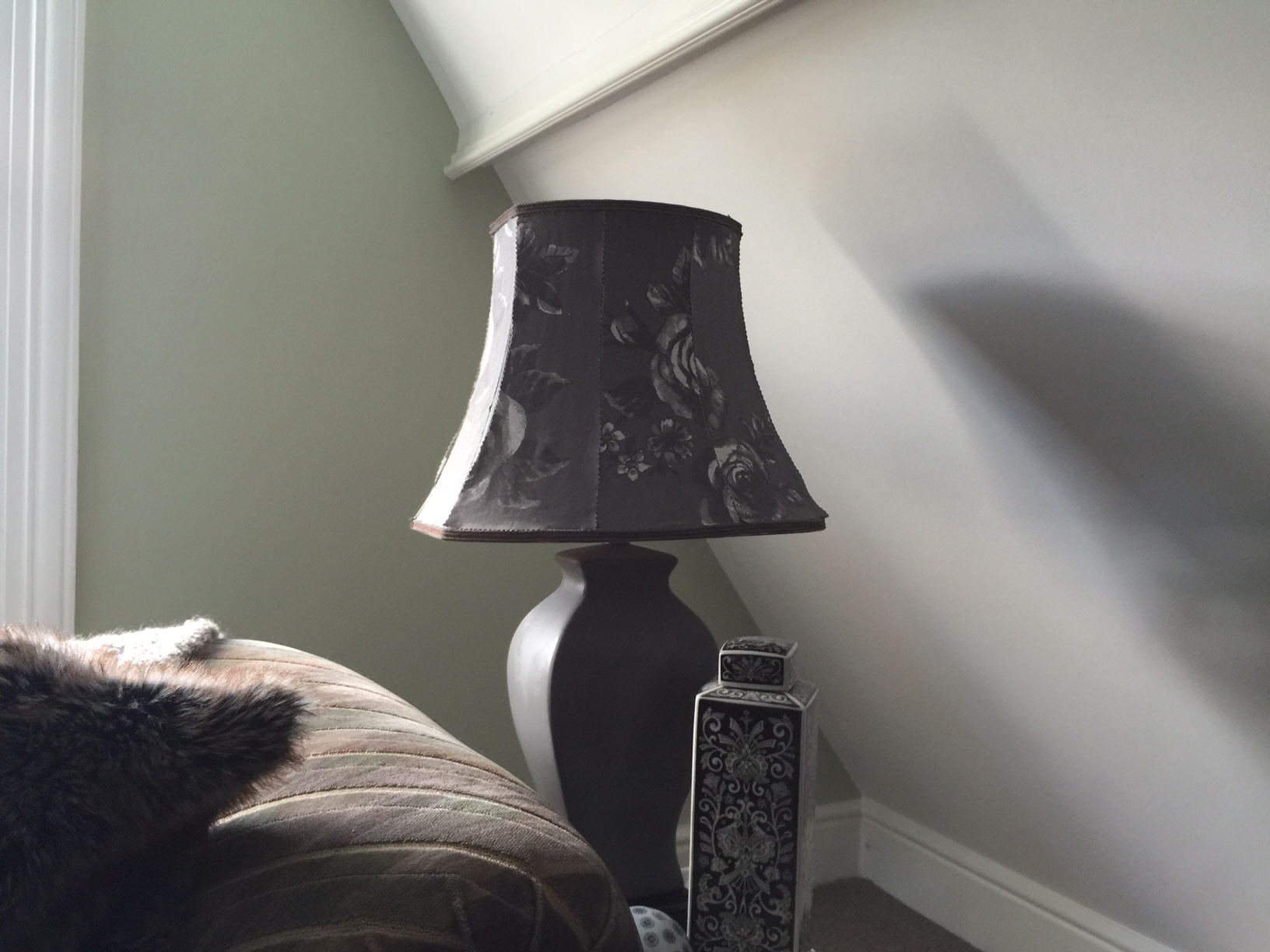
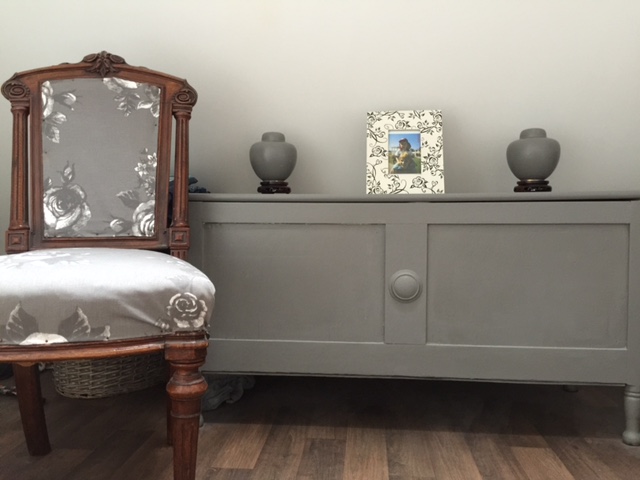
Going for a more modern look within our period apartment, I've recently given some bits and pieces around the place a quick once-over with a couple of different shades of mid-grey - and even used some grey/white damask fabric from Ikea to recover a chair and compliment the scheme. The re-invigorated junk shop lamp had a peach colour shade, with a brown, red and green base that didnt really go with anything - I used some fabric offcuts to recover the shade, and painted the base grey (second image, above).
And talking of grey, I'm hearing we're about to get a mid-grey option added to the standard colours available on the elegant Heritage Range sash windows. We now supply and fit these for period homeowners in the Coventry and Warwickshire area and I'm sure mid-grey will be a really popular colour choice as looks great contrasted against brick or rendered finishes. All in all then, it's great news as these are already unbeatable value if you're wanting to transform your period property on a tight'ish budget.
